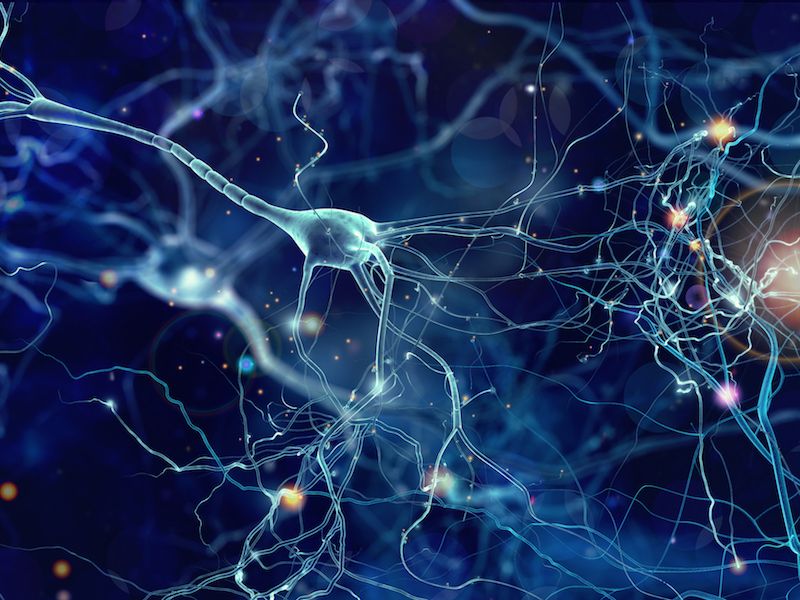
How often do you think about your nervous system? Most likely not all that regularly. Ordinarily, you wouldn’t have to be concerned about how your neurons are sending signals to the nerves in your body. But when those nerves start to misfire – that is when something goes wrong – you begin to pay much more attention to your nervous system.
There’s one particular condition, called Charcot-Marie-Tooth (CMT) disease, which can affect the nervous system on a fairly large scale, though the symptoms usually manifest chiefly in the extremities. high-frequency hearing loss can also be triggered by CMT according to some evidence.
What Is Charcot-Marie-Tooth Disease?
Charcot-Marie-Tooth disease is a set of inherited conditions. The protective sheathing surrounding the nerves fail to function properly due to a genetic disorder.
There is an issue with the way impulses travel between your brain and your nerves. Functionally, this can result in both a loss in motor function and a loss of sensation.
A mixture of genetic elements usually leads to the appearance of symptoms, so CMT can be present in a few varieties. For most people who have CMT, symptoms start in the feet and go up into their arms. And, high-frequency hearing loss, oddly, has a high rate of occurrence among those who have CMT.
A Link Between Loss of Hearing And CMT: The Cochlear Nerve
There’s always been an anecdotal link between loss of hearing and CMT (meaning that within the CMT community everybody has heard other people talk about it). And it was tough to grasp the connection between loss of sensation in the legs and problems with the ears.
A scientific study firmly established the connection just recently when a group of researchers examined 79 people with CMT at the University of Iowa Hospitals and Clinics.
The findings were quite decisive. Almost everyone who has CMT passed their low and moderate frequency hearing exams with flying colors. But all of the participants showed hearing loss when it came to the high-frequency sounds (usually across the moderate levels). high-frequency hearing loss, according to this study, is likely to be linked to CMT.
The Cause of Hearing Loss and How to Deal With It
The connection between high-frequency loss of hearing and CMT might, at first, seem puzzling. But all of your body, from your eyebrows to your toes, relies on the correct functioning of nerves. Your ears are no different.
The theory is, CMT impacts the cochlear nerve so noises in the high-frequency range aren’t able to be interpreted. Certain sounds, including some voices, will be difficult to hear. Trying to understand voices in a crowded noisy room is particularly difficult.
This type of hearing loss is normally managed with hearing aids. CMT has no renowned cure. Modern hearing aids can isolate the precise frequencies to amplify which can give appreciable help in combating high-frequency hearing loss. Most modern hearing aids can also do well in noisy environments.
Hearing Loss Can Have A Number of Causes
Experts still aren’t completely sure why CMT and loss of hearing seem to co-exist quite so often (beyond their untested hypothesis). But hearing aid technology provides a clear solution to the symptoms of that loss of hearing. So scheduling an appointment to get fitted for hearing aids will be a smart choice for people who have CMT.
Hearing loss symptoms can surface for many reasons. In some situations, hearing loss is triggered by excess exposure to damaging sounds. In other cases, loss of hearing might be the consequence of an obstruction. It turns out that CMT can be still another cause of loss of hearing.